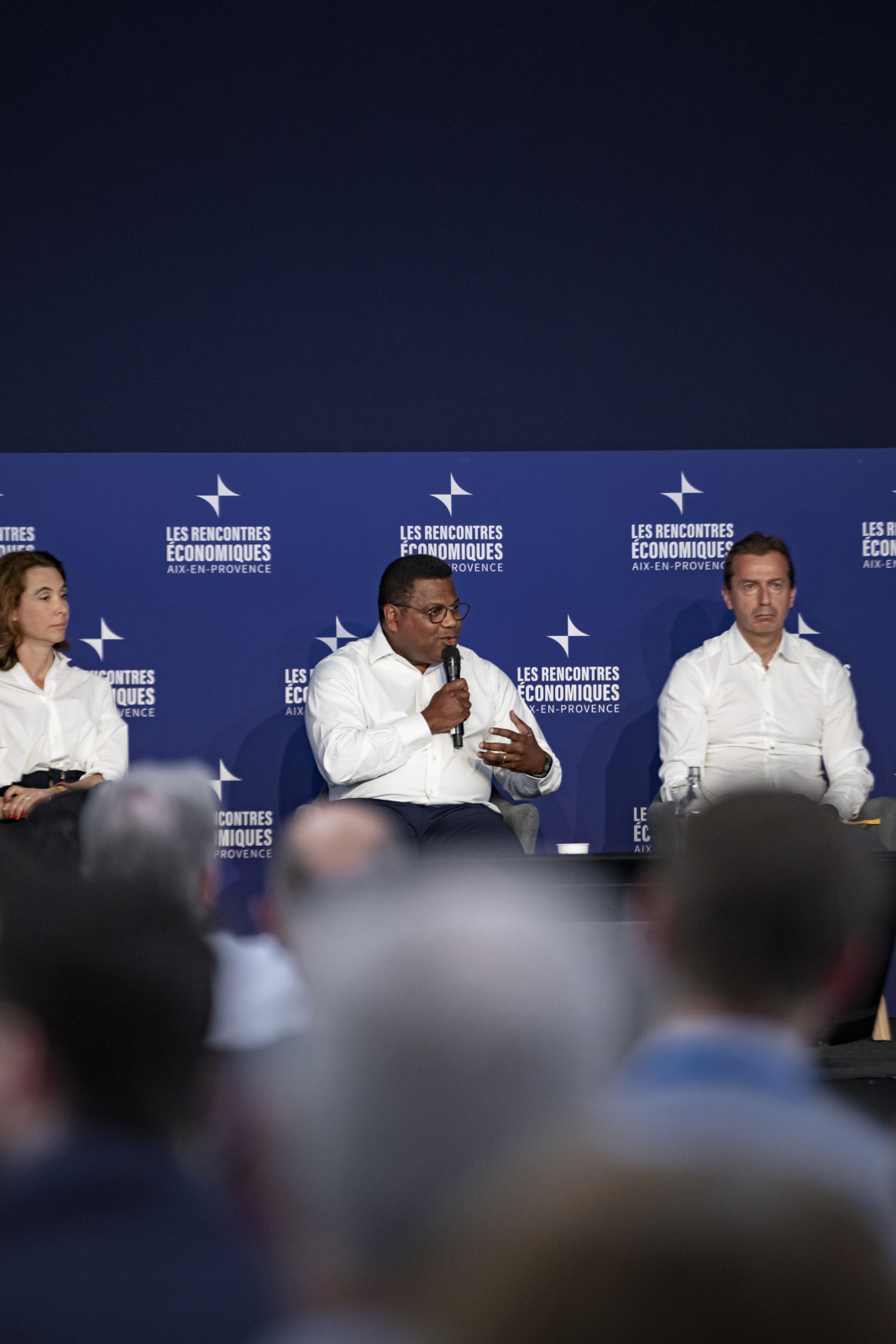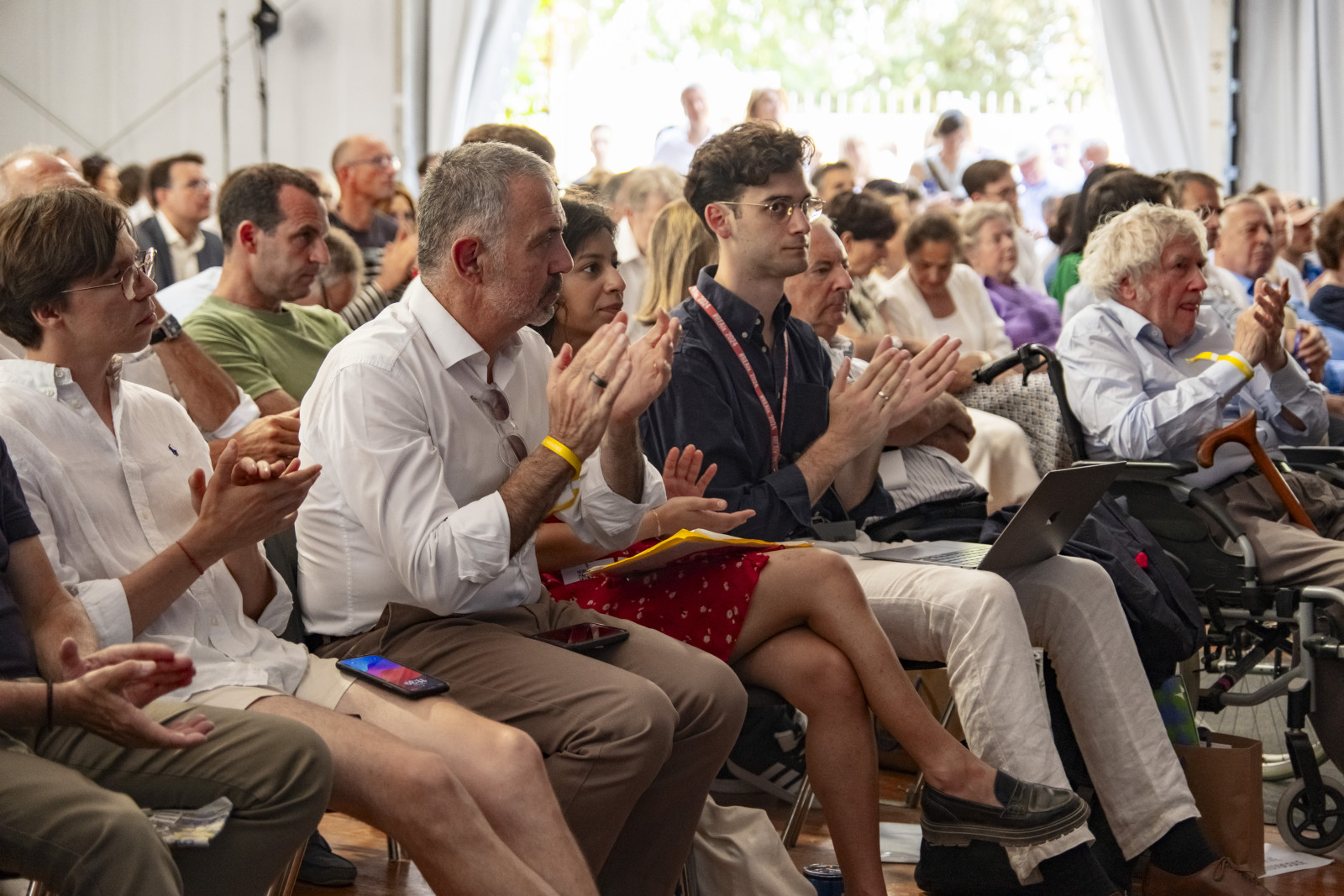Environmental planning, an economic mirage?
Overview
The climate emergency has brought back the need for planning, a term that seemed rather outdated. In the absence of a universal tool such as a carbon pricing (which would guide investment and consumption choices by taking externalities into account), we have to proceed ‘by hand’ by defining transition objectives for each sector (energy, housing, transport, industry, agriculture, etc.) and setting a time horizon. But this method, which hovers over the European Green Deal, is coming up against the wall of reality. At the end of 2023, the Member States presented their National Energy and Climate Plans to the Commission, setting out their progress towards the EU’s Fit-for-55 target for 2030 (i.e. -55 % emissions/1990). And the Commission considered that these plans lacked substance, as they did not make the necessary doubling of the rate of decarbonisation during our decade credible. Does planning make it possible to align strategies within the EU? Does it constitute an effective modus operandi for the EU in the face of fierce competition with China and the United States for green technologies?
Speakers




Coordinator

Moderator

Photo gallery






















